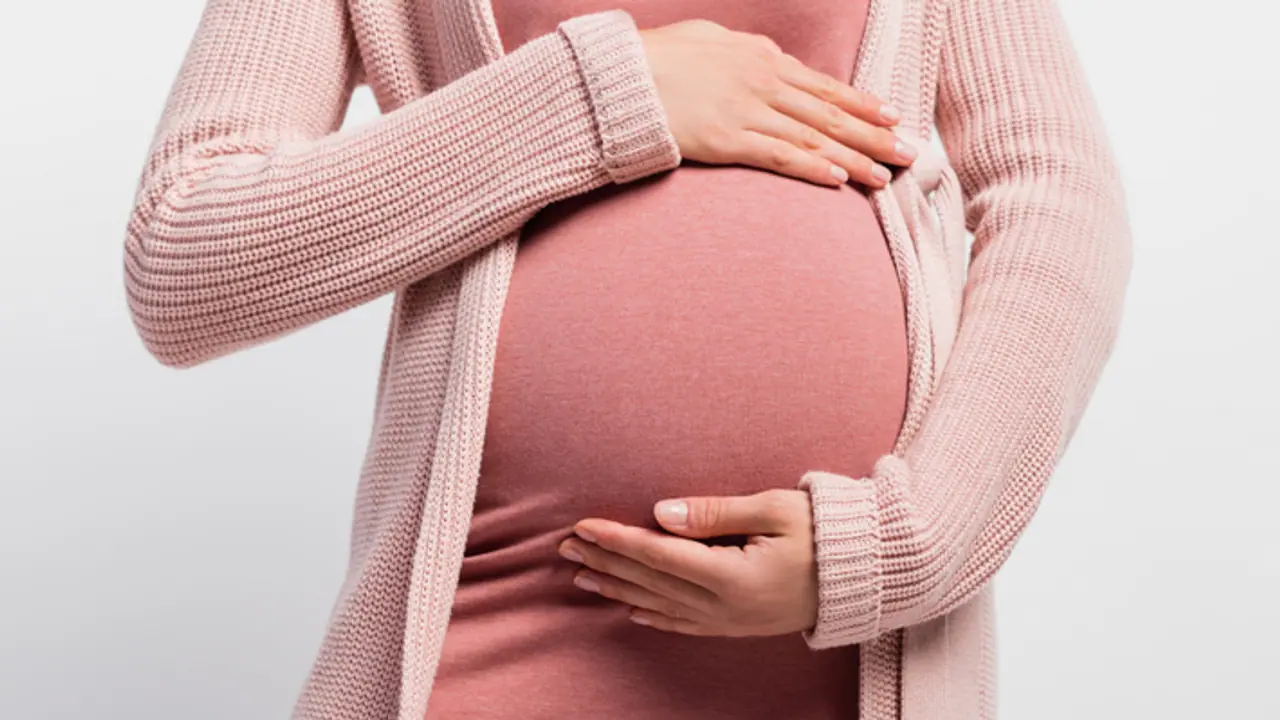Understanding the particular musculoskeletal alterations of pregnant women is essential for orthopaedic therapy. Proper care of numerous pregnancy discomforts might help the mother feel healthier and more comfortable throughout pregnancy.
Pregnancy is a unique physiological state that significantly changes a woman’s body. Among the most notable are the musculoskeletal changes that can pose challenges for the expecting mother and the healthcare provider. Understanding these changes is crucial to providing effective care as an orthopaedic surgeon.

Musculoskeletal Changes During Pregnancy
Pregnancy leads to a cascade of hormonal changes, particularly the release of relaxin, which loosens the ligaments in the pelvis to accommodate childbirth. However, this ligamentous laxity isn’t confined to the pelvis; it affects the entire body, increasing the risk of joint instability and musculoskeletal pain.
One of the most common musculoskeletal issues during pregnancy is lower back pain. As the pregnancy progresses, the growing uterus shifts the center of gravity forward, leading to increased lumbar lordosis. This change can strain the lower back muscles and cause discomfort. In addition, the increased weight and the shift in posture can lead to sacroiliac joint dysfunction, a condition where the joints connecting the spine to the pelvis become stiff or unstable.
Also Read: Can walking give you abs? Try these 7 proven tips to reduce belly fat
Orthopedic Management
Managing musculoskeletal changes during pregnancy requires a delicate balance. The goal is to alleviate discomfort while ensuring the safety of both the mother and the developing fetus.
1. Exercise: Gentle exercises, such as prenatal yoga and swimming, can strengthen the muscles supporting the back and pelvis. These activities can help maintain posture and reduce pain.
2. Physical Therapy: A physical therapist can design a program tailored to the pregnant woman’s needs, focusing on strengthening and stabilizing the core and pelvic muscles.
3. Bracing: Maternity belts or lumbar supports can provide external stability, reducing the load on the spine and alleviating pain.
4. Education and Ergonomics: Educating patients about proper body mechanics and ergonomics can prevent strain. For example, advising on properly lifting objects and maintaining posture can be beneficial.
5. Pain Management: While non-steroidal anti-inflammatory drugs (NSAIDs) are generally avoided during pregnancy, acetaminophen can be used under guidance. Alternative therapies, such as acupuncture, may also provide relief.
Also Read: Yogurt to Ghee to Legumes: 10 top nutrient-riched foods for enhancing gut health
Conclusion
Orthopaedic care for pregnant women requires a thorough understanding of the unique musculoskeletal changes that occur. With appropriate management, many of the discomforts associated with pregnancy can be mitigated, leading to a healthier and more comfortable experience for the mother.
-By Dr Basavaraj CM, HOD & Sr Consultant Orthopedics & Joint Replacement Surgeon, Gleneagles BGS Hospital Kengeri, Bengalur
